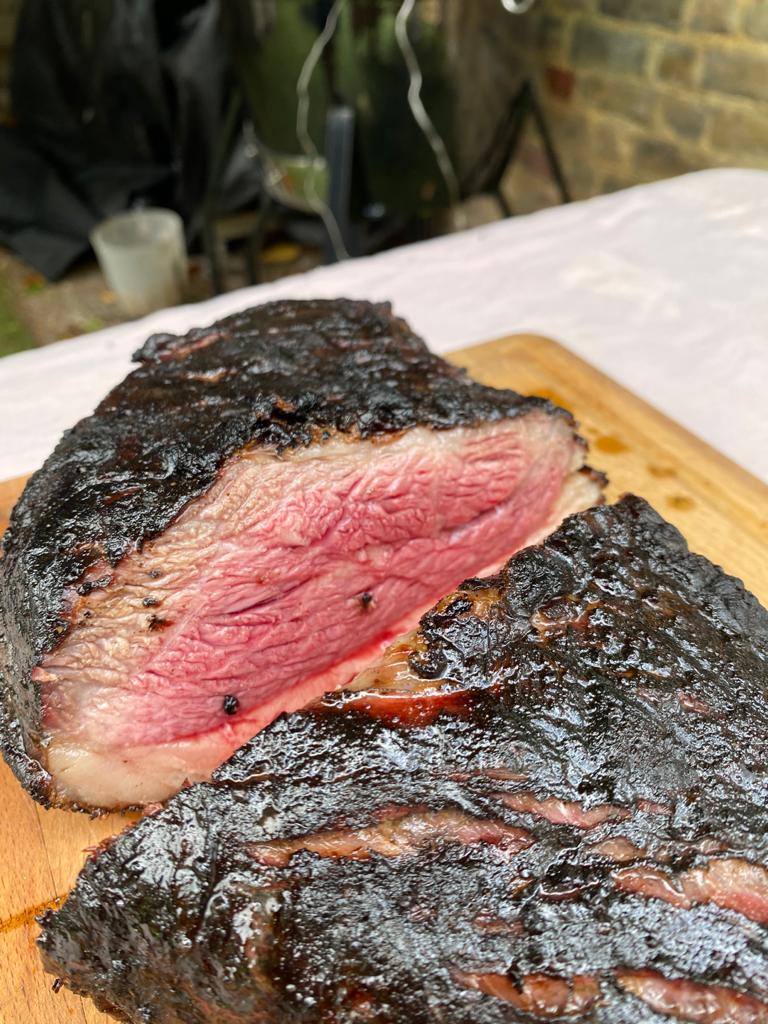If meat is part of your diet, a problem that commonly occurs is consuming a high intake of muscle meats and little or none of the more gelatinous cuts which require slow cooking.
Muscle meats include cuts such as chicken breast, steak, and mince. If you are trying to pack more lean protein into your diet it’s very convenient to pan fry chicken breasts, or put a steak under the grill. While muscle meat cuts are a great source of protein, they are high in the amino acid methionine. Amino acids are the building blocks for making protein. So, what’s the problem with a high methionine intake?
Methionine is considered an essential amino acid, so it’s not bad, but it needs to be balanced with the amino acid, glycine. If methionine is not balanced with glycine it can raise homocysteine levels in the blood, which is a risk factor for heart disease. Glycine is abundant in bones and bone marrow, cartilage, tendons and skin. More gelatinous cuts of meat such as lamb shanks, beef shin, ox tail, pork and beef cheeks, as well as bone broth are therefore good sources of glycine.
In addition to glycine’s role in balancing methionine it also plays a very important role in: supporting the immune system, promoting sleep, improving gut health, regulating blood sugar and skin health. You don’t have to be a heavy meat eater to reap these benefits. And if you don’t eat any meat, fish broth is also an excellent source of glycine.
The bottom line is, if you want to maximise the benefits of eating meat ensure that you are eating ‘nose to tail’. This means including different cuts of meat in your diet on a weekly basis, slow cooking meat that has lots of connective tissue (slow cooking enables the tendons to break down) rather than only having lean cuts which don’t require very much preparation, and even including organ meats such a liver, which are one of the most nutrient dense foods. Additionally, it is more environmentally friendly to eat the entire animal rather than wasting parts!
Tips to increase your glycine intake:
• Incorporate bone broth into your diet. Make your own broth from bones. In order to extract the glycine from the bones, they need to be simmered in water (add herbs and vegetables for flavour) for 12+ hours. If you are time poor, bone broth is readily available in most supermarkets, health food stores and even online deliveries.
• Be adventurous with cuts of meat such lamb or pork shoulder, and beef brisket which can be slow roasted with little input from your end, with just salt, pepper and fresh or dry herbs. The slower the better.
• Collagen powders can be added to shakes and smoothies or even added to tea (as most are tasteless) or sprinkled on to yoghurt or porridge.
Be a smart meat eater.


